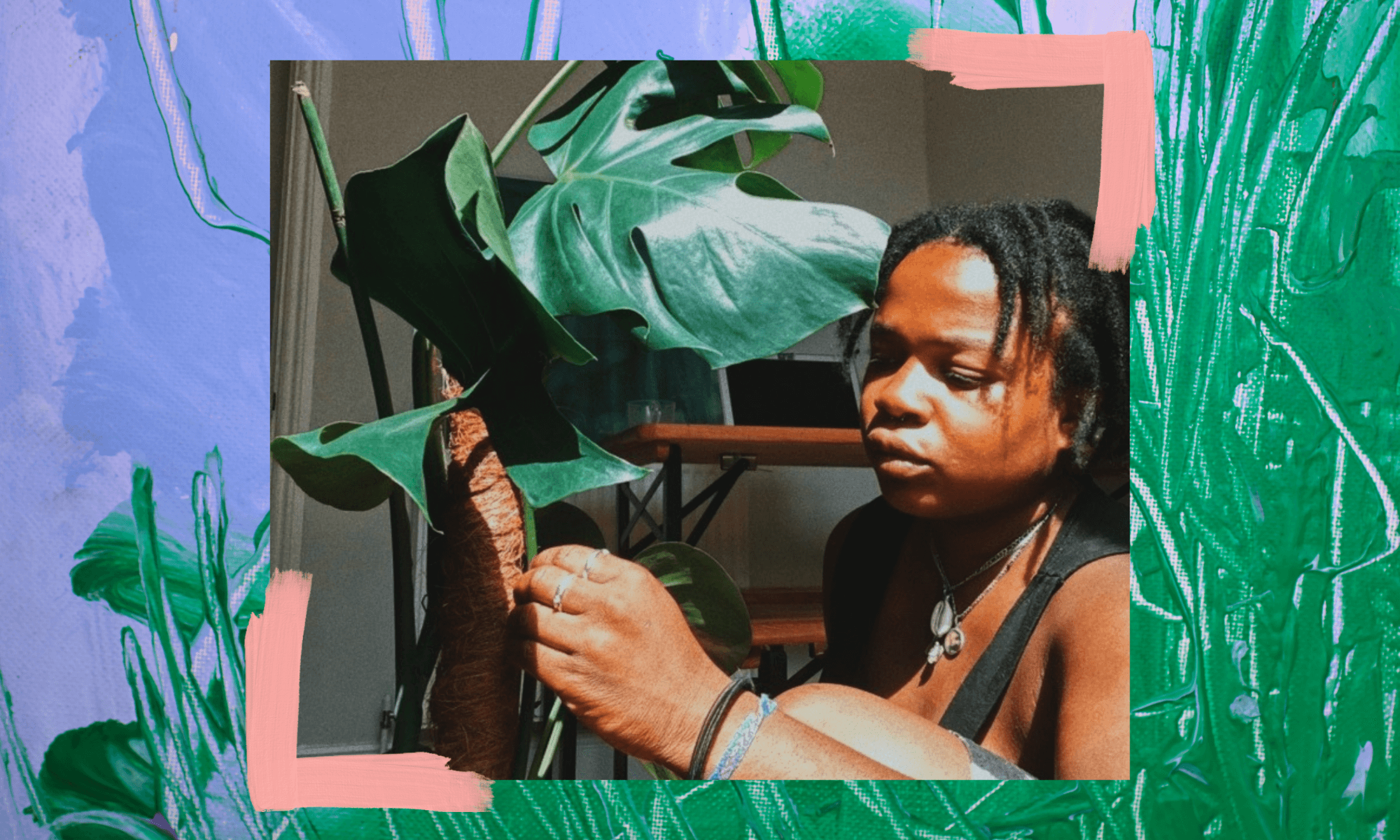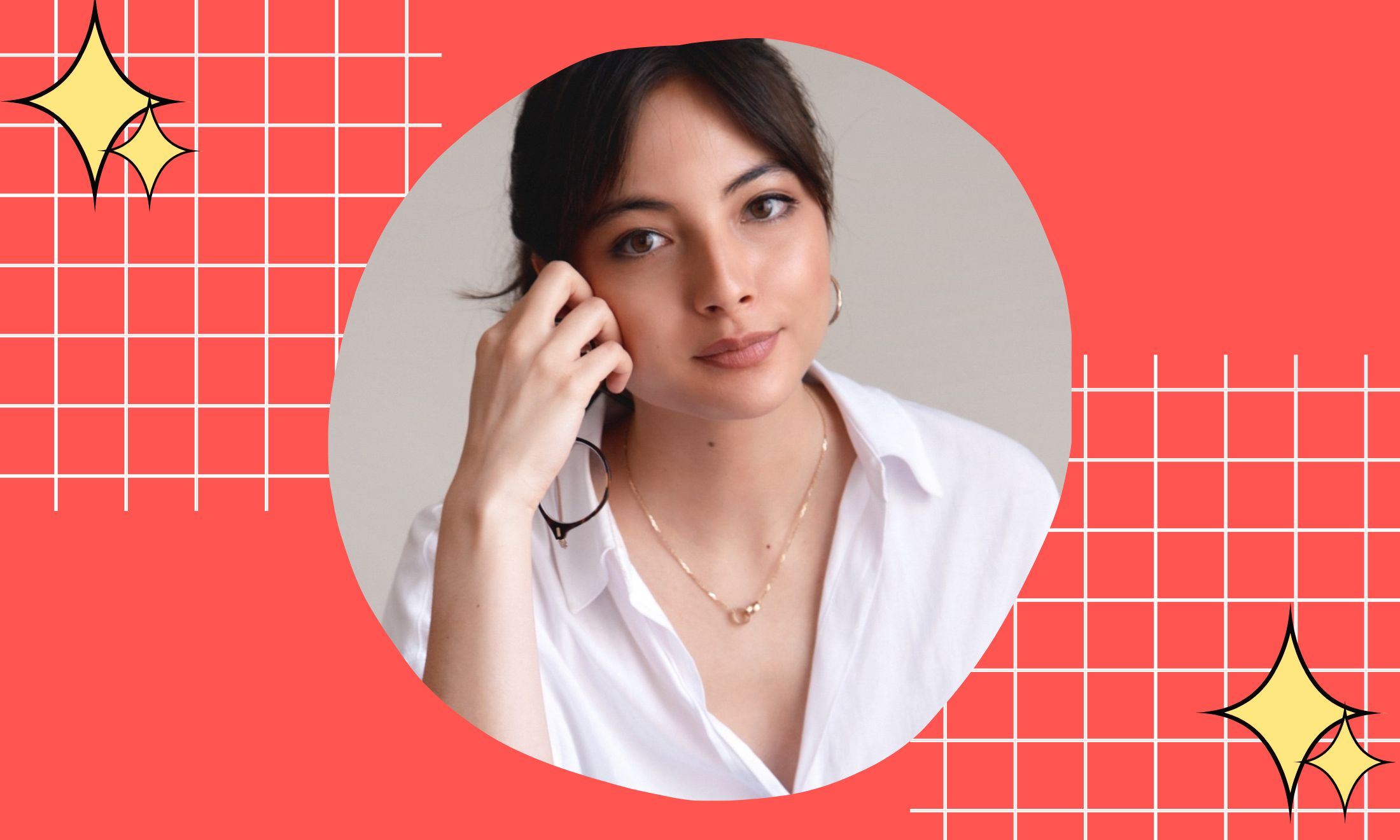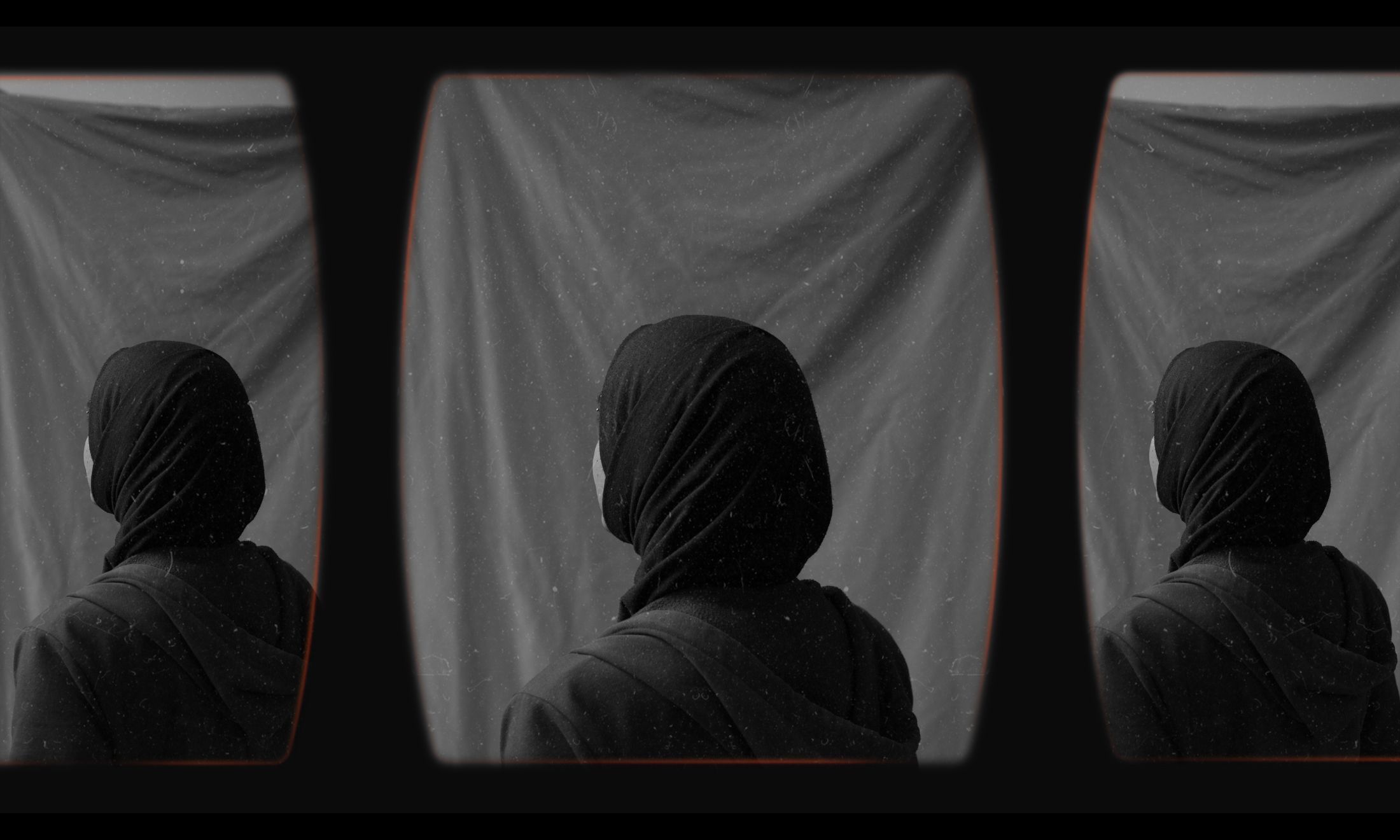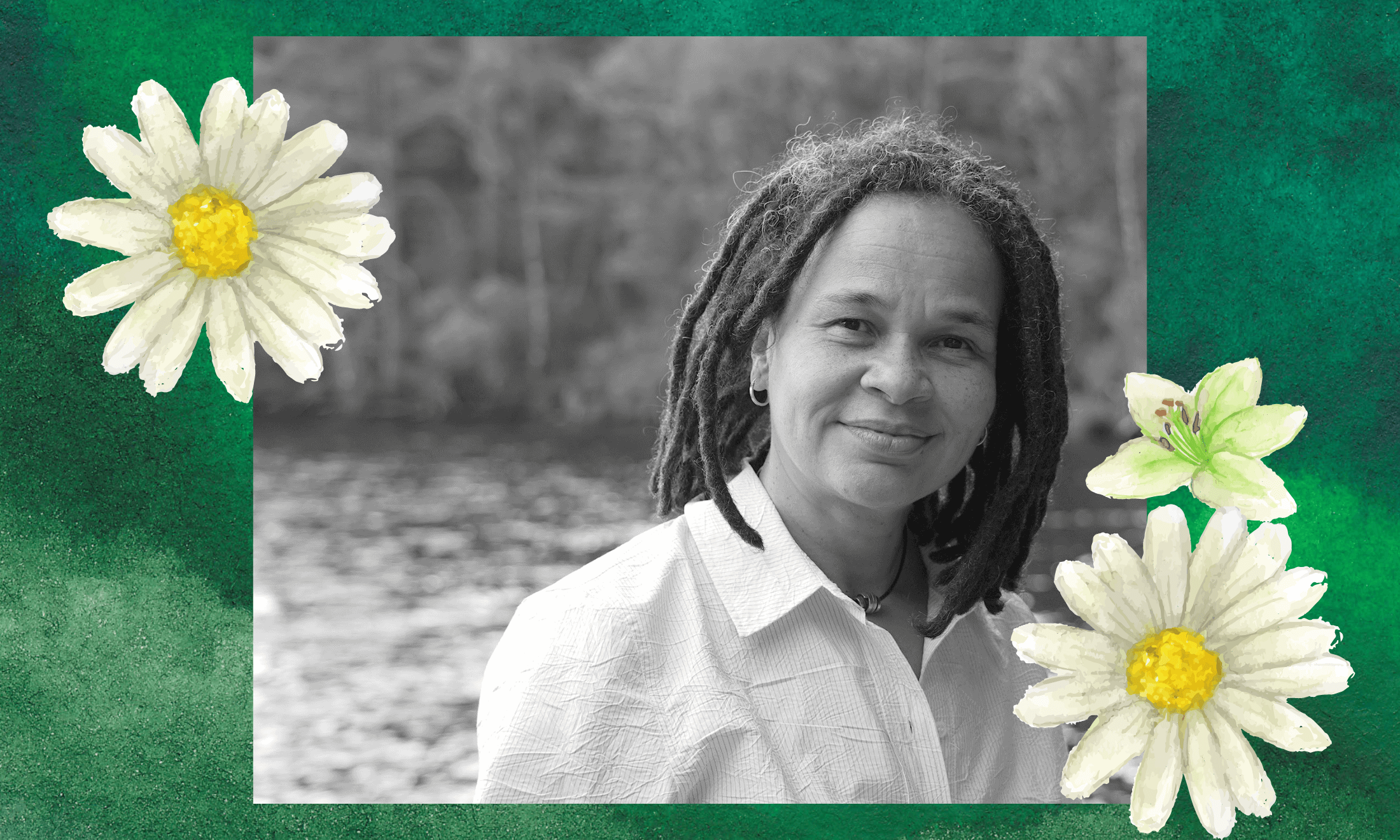
photography courtesy of writer
Caring for my plants has become a way to care for myself
In an extract from her essay ‘Putting the Breaks On’, part of the essay collection from In the Garden, the writer delves into her childhood on her mother’s allotment and the lessons we can learn from plants.
Niellah Arboine
03 Apr 2021
Growing up I was surrounded by plants. Getting lost with my mum in Kew Gardens, falling out of trees in Jamaica, or running down the paths in a pick-your-own, gorging myself on fistfuls of strawberries. But my mum’s allotment was probably where I got to know plants best.
The allotment was my fortress, a place where I remember my childhood in technicolour. My mum has had the allotment for as long as I can remember, which is lucky. Now it’s near impossible to get your hands on one in London with waiting lists stretching from a few months to decades. Weekends were spent clambering through the knotted roots and branches of the old mulberry tree, watching tadpoles swirl around among the algae in the pond, or carefully picking red-currants and fat green gooseberries.
It was a twenty-minute walk from our home in south London to the allotment, with my older brother in tow and my mum leading the way. In the summer we’d stop off at Iceland and buy a four-pack of strawberry Cornettos, licking and crunching away down the bustling high street and through the quieter back streets until we reached the giant metal gates. It was on those walks that I got to know my mum best. Sometimes on days when it was just the two of us, she’d tell me stories about her childhood, of the mischief she and her siblings and cousins would get up to, and all the games they would play.
“One moment we were in the noise and racket of the city, and the next we’d turned into our own secluded little corner of paradise”
Visiting our allotment was like stepping into the film adaptation of The Secret Garden I devoured incessantly as a kid. One moment we were in the noise and racket of the city, and the next we’d turned into our own secluded little corner of paradise.
It felt to me like the only place in London where you could happily say hello to people you didn’t really know, without receiving a weird look of concern. It was a community: everyone working away, sharing advice, strolling and peering into each other’s patches to see whether their leek stems were as thick and flourishing as their neighbour’s.
While my mum was turning over soil, plucking up weeds or kneeling on her mat with the shears, my brother and I would chase down the paths throwing bits of sticky cleavers on each other’s clothes. Sometimes, visiting the allotment felt a bit like stepping back in time. There was no trace of technology and there were certainly no toilets then, so my mum would have to dig a hole for me. It was good for the plants anyway, she insisted. Really, there’s nothing ladylike about gardening.
If we weren’t at the allotment, my brother and I were in the children’s nature garden down the road from us. There I learned how to make my own rectangular windowsill pots by sawing planks of wood and hammering them into place with nails, probably at far too young an age to be handling tools. We also learned about survival in the great outdoors: how to put up a tent made with canvas and sturdy sticks furnished from tree branches found in the garden’s miniature forest. The experience taught me that there’s always wildlife and nature to be found in the heart of London, if you look hard enough.
“There’s always wildlife and nature to be found in the heart of London, if you look hard enough”
But then adolescence hit me like a truck. And once I was a grumpy teenager, the allotment and the nature garden weren’t cool. Like all my peers, I just wanted to fit in, to see my friends and slowly lose brain cells to my phone all day. Bless my mum – asking soon became pleading, as I refused any offer of a trip to our green utopia. It was always too far or too cold, or I had more important things to do.
It wasn’t until university when I was thrust into the Welsh countryside that nature came back to me – it’s very hard to avoid it in the folds of Cardigan Bay. By my third year, I was taking solo afternoon walks through the forest by campus into the endless fields with grazing sheep and cows, and along the coastal path north from Aberystwyth. I’d sit on a bench facing the sea, eating my packed lunch, surrounded by blue and green.
I sit snugly in the ‘wellness generation’, millennials and Gen Zs desperately seeking out new ways to look after our mental and physical health. Whether it is through fitness, astrology or growing plants, we’re always trying to reconnect with ourselves. Many of us have grown up with anxiety-inducing technology, all of which can feel disrupting and overwhelming.
I’m very impatient. I struggle to queue, and internally huff if someone meanders slowly in front of me on the street. I have a chaotic number of tabs open on my Internet browser, a sad reflection of the multitude of thoughts whirling around in my head. Switching off is a challenge when you’re locked into technology and social media that never stops. Plants have taught me patience in a world that moves at the speed of light. You can’t will a plant to putting the brakes on grow, or tell a tree how to bend. You can only nurture and care and wait.
Gardening truly is the cheapest form of therapy. Caring for my plants has become a way for me to care for myself, not just in the generic millennial ‘self-care’-via-a-bubble-bath kind of way, but really forcing me to put the brakes on. I think of the words of Audre Lorde: ‘Caring for myself is not self-indulgence, it is self-preservation, and that is an act of political warfare.’
Extracted from ‘Putting the Brakes On’ by Niellah Arboine, part of the essay collection In the Garden: Essays on Nature and Growing, published by Daunt Books.








